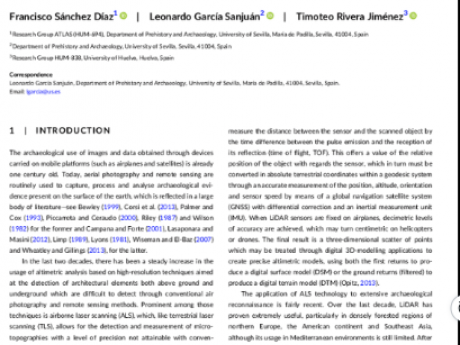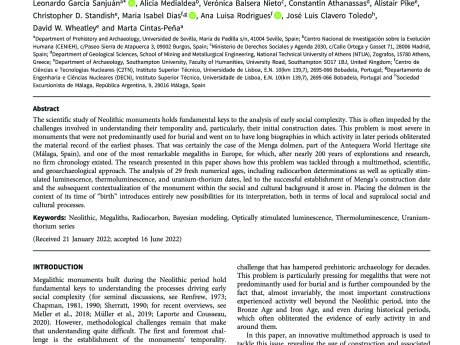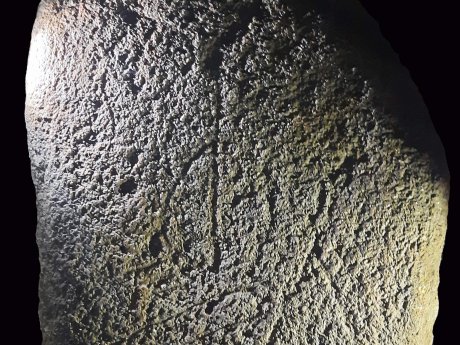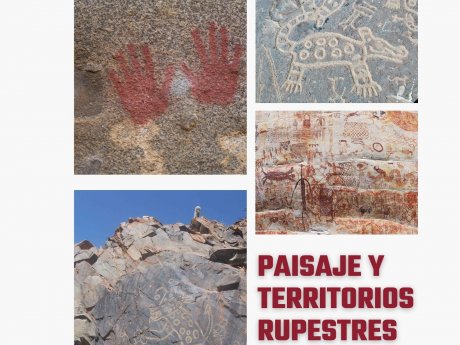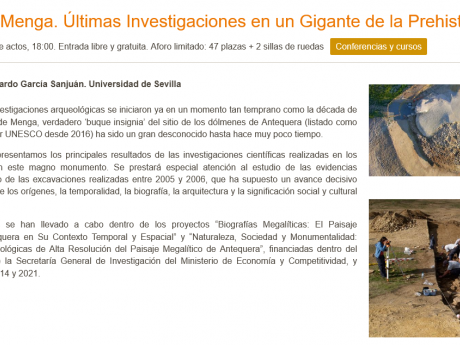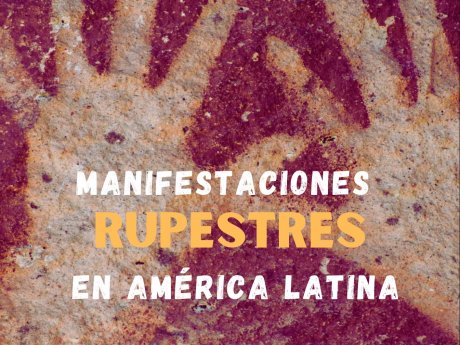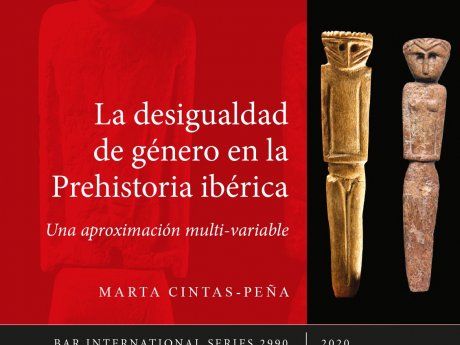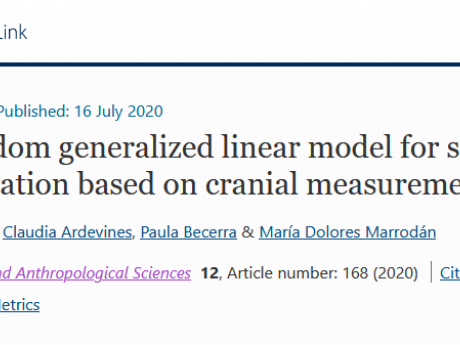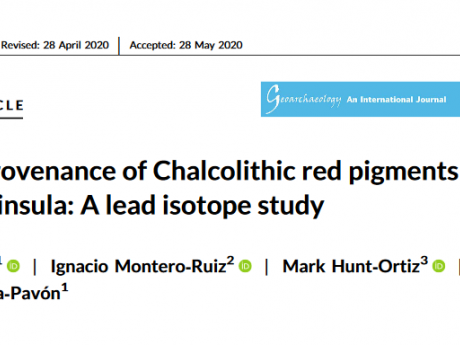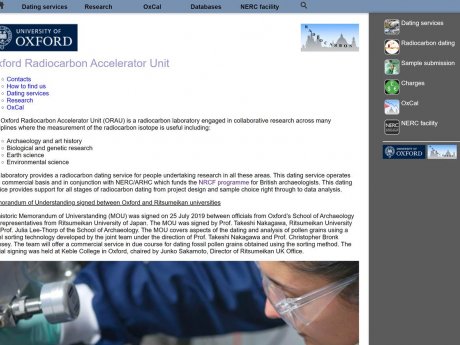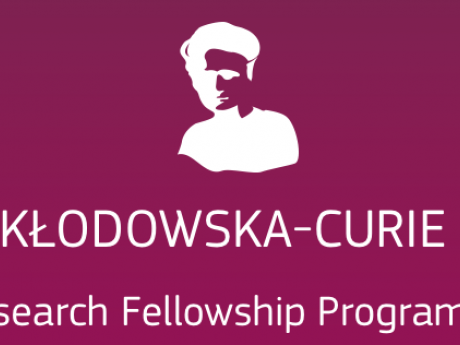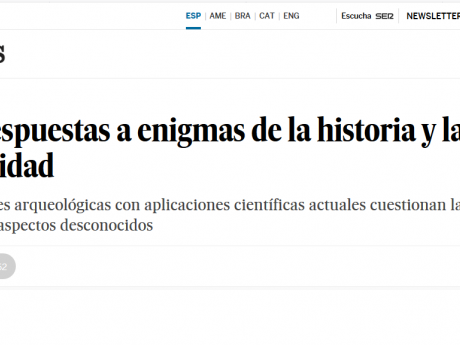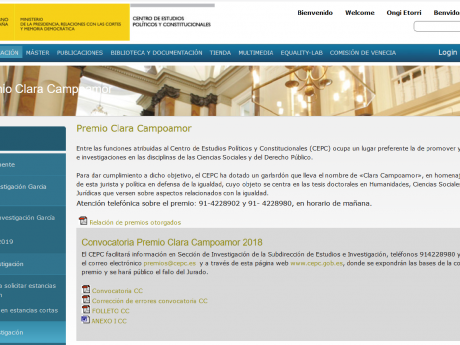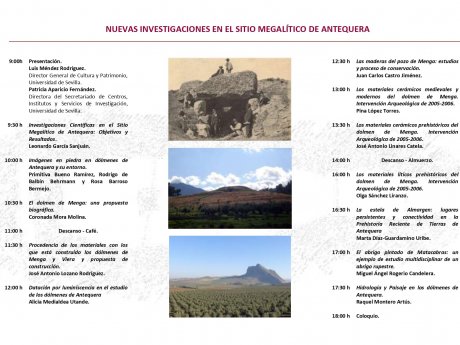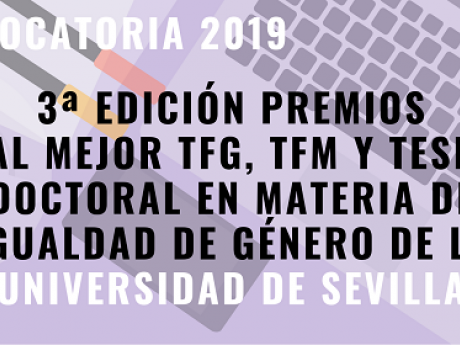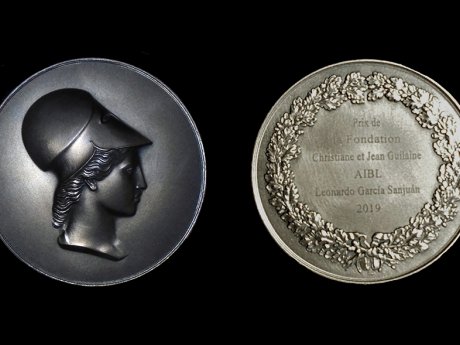Noticias |
LIDAR in archaeological survey
We publish a new article titled "Potential and limitations of LiDAR altimetry in archaeological survey. Copper Age and Bronze Age settlements in southern Iberia". The data pertaining the settlement dynamics of Sierra Morena in the CA and BA presented here, compiled on the basis of a LiDAR-based analysis, complements and expands the previous knowledge gathered after years of fieldwork (with the support of aerial photography).
Dating Menga
We publish a new article titled "A multimethod approach to the genesis of Menga, a World Heritage megalith". The scientific study of Neolithic monuments holds fundamental keys to the analysis of early social complexity. This is often impeded by the challenges involved in understanding their temporality and, particularly, their initial construction dates. This problem is most severe in monuments that were not predominantly used for burial...
Major discoveries in Cañaveral de León (Huelva)
A major burial complex, including a new 'warrior' stela', is discovered in Cañaveral de León (Huelva), at the location where, four years ago, another stela was found. A preliminary assessment suggests that the burial complex could cover a long chronology, including the Copper Age, Bronze Age and Iron Age. Subsequent studies will define the temporality of the site. Se descubre en Cañaveral de León (Huelva)...
IV Rock Art in Latin America Seminar
Between January 14 - March 11, 2022, the 'IV Rock Manifestations in Latin America Seminar' will take place in virtual format. It will include the participation of researchers from different countries such as Mexico, Bolivia, Spain or France. Registration is required to get access to the conferences.
Guest talks in Madrid and Antequera about the Antequera megalithic site
We give guest talks in the National Archaeological Museum ("The Menga Dolmen. Latest Research in Giant of Prehistory"), and the Antequera Municipal Museum ("Antequera: Knowing the Giants of Prehistory"), the latter as part of a series of talks held to celebrate the 5th anniversary of the UNESCO World Heritage declaration
We publish the book ‘Manifestaciones rupestres en América Latina’
We publish the book entitled 'Manifestaciones rupestres en América Latina' with the collaboration of the 'Instituto Universitario de Estudios sobre América Latina' (IEAL) and the 'Secretariado de Divulgación Científica y Cultural' of the University of Seville. The volume is comprised of a set of articles exploring rock art in different countries such as Mexico, Venezuela, Colombia, Perú and Argentina.
We publish the book ‘La desigualdad de género en la Prehistoria ibérica”
We publish a new book title "La desigualdad de género en la Prehistoria ibérica: una aproximación multi-variable". The work attempts to address gender differences and possible inequality between women and men throughout Prehistory in Iberia. The research looks outside the limits of a specific site, using a multi-proxy methodology in a wide chronological and macro-regional level. To shed light on the prehistoric communities of Iberia,...
We publish in Archaeological and Anthropological Sciences
We publish the paper "New random generalized linear model for sex determination based on cranial measurements" in the journal Archaeological and Anthropological Sciences, where we propose the use of a random generalized linear model for the determination of sex.
Geoarchaeology publishes our study on cinnabar provenance of Chalcolithic red pigments in the Iberian Peninsula
Geoarchaeology publishes our paper "Cinnabar provenance of Chalcolithic red pigments in theIberian Peninsula: A lead isotope study", where we reported lead isotope data for cinnabar from three Copper Age sites and several ore deposits in Iberia. Our research shows that cinnabar was a well-known raw material, mined in the Iberian Peninsula during the Copper Age. The societies established at the northern and centralparts of Iberia employed...
We obtain funding for radiocarbon dating the beaded garments from the Montelirio tholos
The NERC (National Environment Research Council in the UK) has awarded Dr Marta Díaz-Guardamino a radiocarbon dating support grant-in-kind for dating up to 24 shell beads from the Montelirio tholos’ garments. Radiocarbon-dating a carefully selected sample of beads from each garment will shed light on the biographies of the garments and their wearers, who were all young women. Dating will be processed by the Oxford...
We obtain a Marie Curie Individual Fellowship
The European Commission has awarded Dr. Cintas Peña with a Marie Sklodowska Curie Actions Individual Fellowship grants. The awarded project, titled WOMAM (Women, Men and Mobility: Understanding Gender Inequality in Prehistory) will be carried out at the universities of Iowa (United States of America) and Seville (Spain), over the next two years.
El País includes us in its list of 2019 most relevant archaeological discoveries
According to Spanish newspaper El País, recent geoarchaeological research conducted between the University of Huelva and ourselves at the megalithic monuments of Valencina’s Copper Age mega-site represents one of the most relevant archaeological discoveries made in 2019. The results of this research were published in the journal Archaeological and Anthropological Sciences under the title “Natural “megalithic art” at Valencina (Seville): a geoarchaeological approach to stone,...
We receive a special mention at the ‘Clara Campoamor’ Awards
Dr. Marta Cintas Peña’s PhD Thesis receives a special jury mention at the Clara Campoamor Awards of the Centre for Political and Constitutional Studies of Spain’s Ministry of the Presidency, Relations with the Parliament and Democratic Memory. The aim of these awards is to promote and disseminate research related to equality issues in the fields of Humanities, Social Sciences or Legal Sciences.
2nd Scientific Conference New Investigations in the Antequera Megalithic Site
The 2nd Conference New Investigations in the Antequera Megalithic Site of Antequera is held on November 29th 2019 at the Pabellón de México of the University of Seville. This meeting is aimed at facilitating the scientific debate on the Antequera Megalithic Site among specialists, students and the general public.
We receive the University of Sevilla’s 2019 Best Doctoral Thesis in Equality Issues Award
Dr. Marta Cintas Peña has been awarded the Best Doctoral Thesis in Equality Issues Award by the University of Seville. The objective of these awards is to encourage research work incorporating a gender perspective and / or gender as a category of analysis in any academic discipline.
We receive the 2019 “Christiane et Jean Guilaine Foundation” Award of the French Academy of Good Letters
Professor Leonardo García Sanjuán receives the 2019 “Christiane et Jean Guilaine Foundation” Award of the French Academy of Good Letters. In his speech at the award ceremony held in Paris, professor Jean Guilaine highlighted the contribution of the research group ATLAS to the advancement of the study of Western European Late Prehistory.
